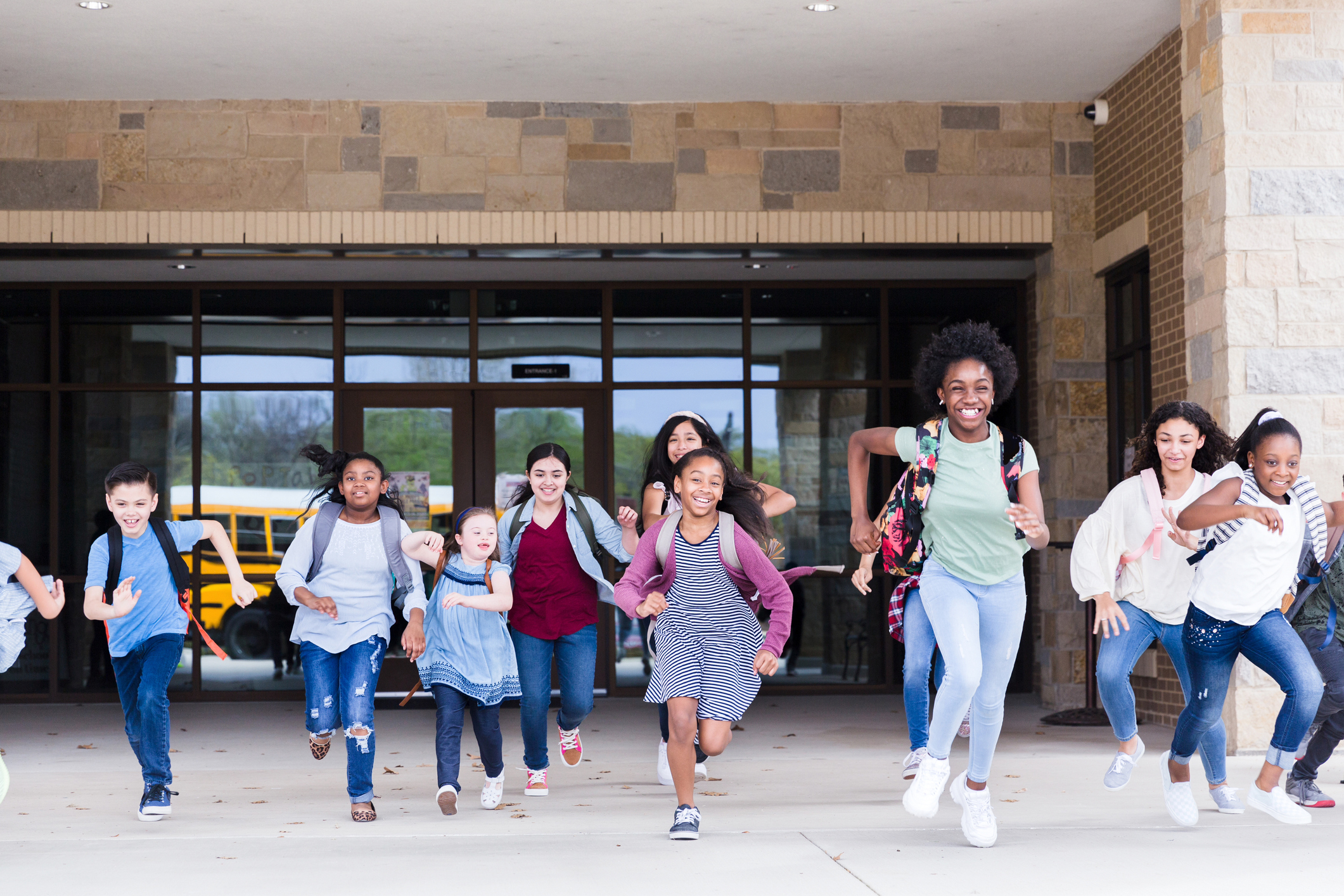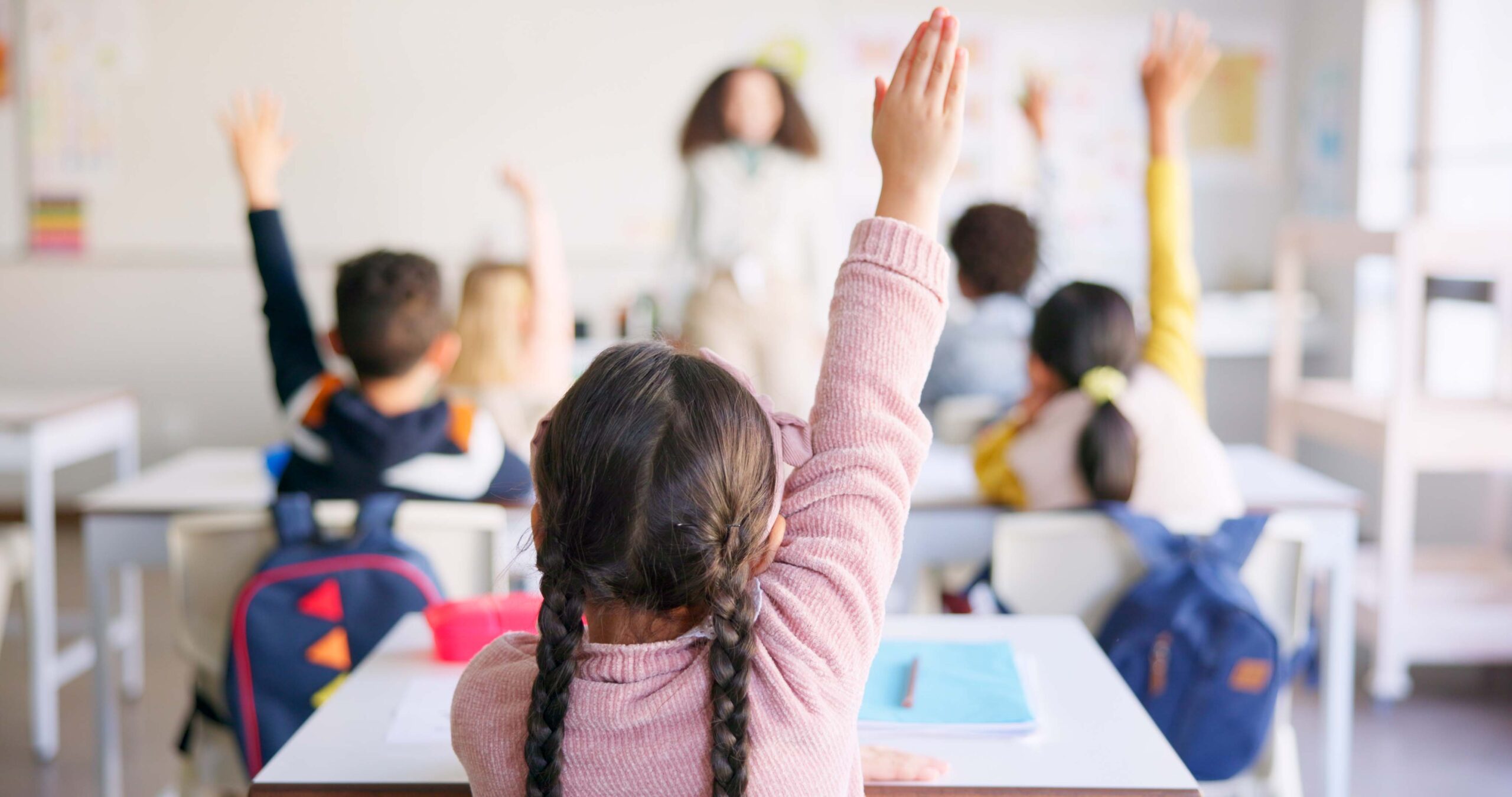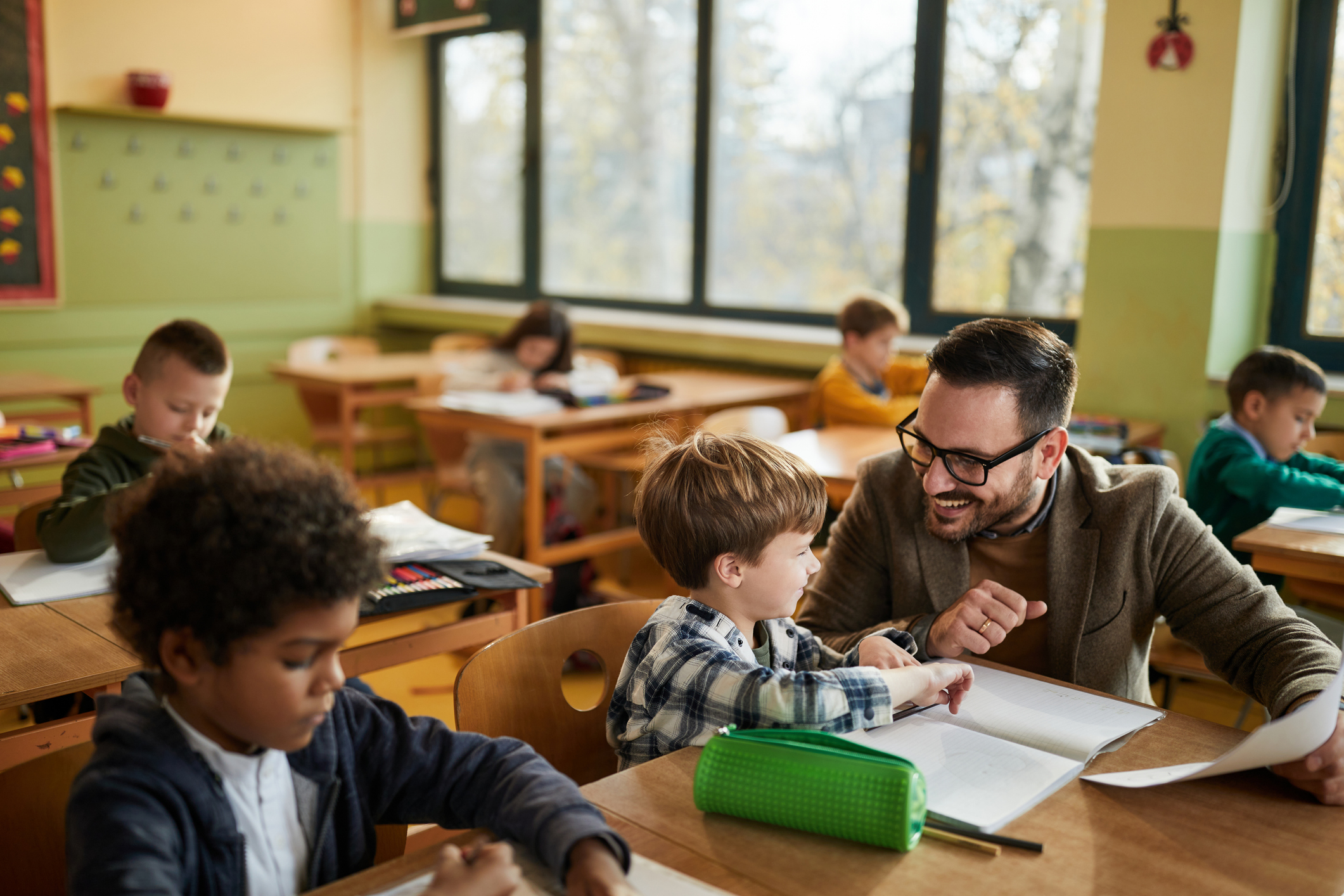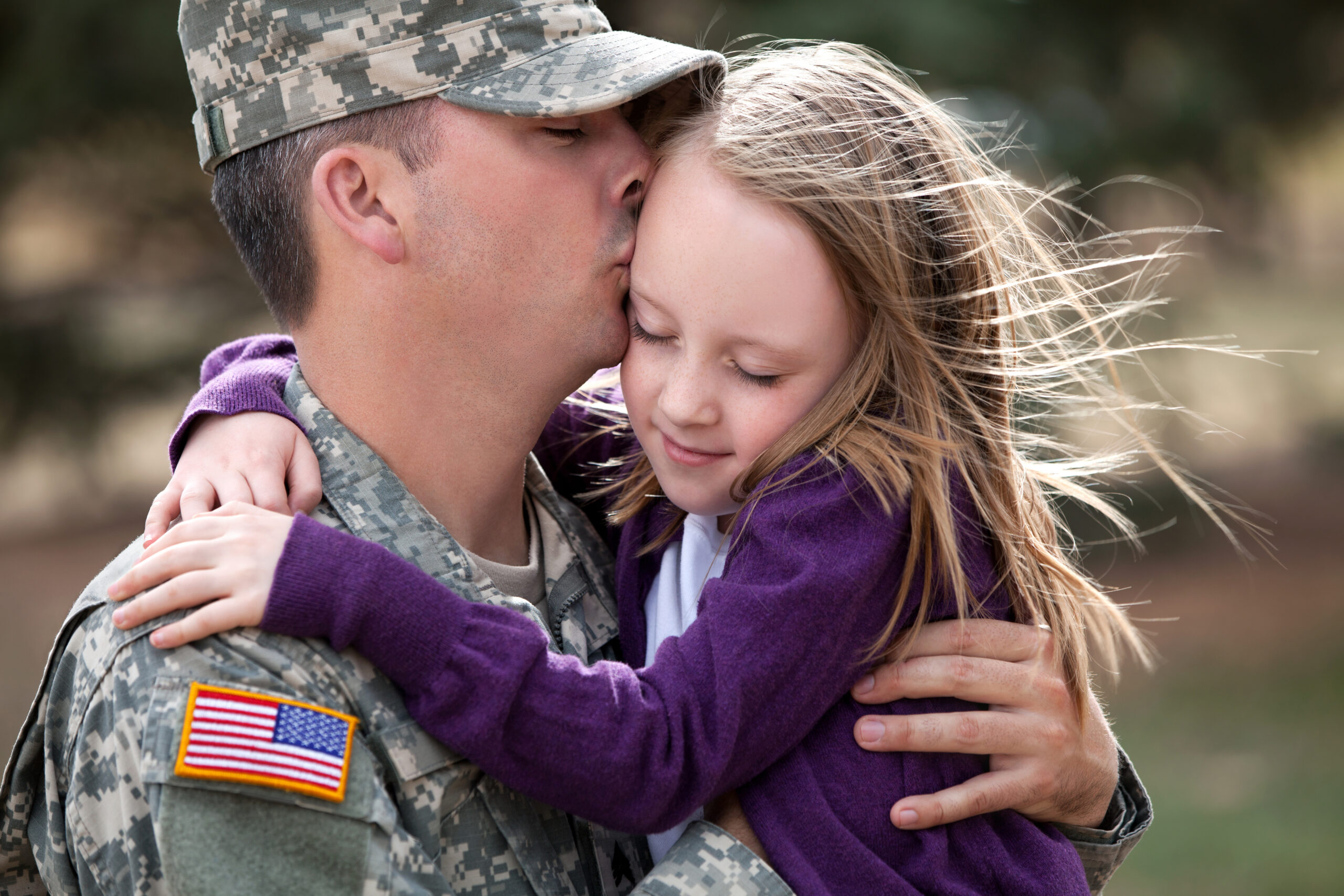As the school year ends and students prepare for summer break, many school professionals may drift a bit from purposeful content delivery. Sometimes, the last few weeks of school are filled with less strenuous academic tasks, fun events, or time-filling activities such as watching movies or allowing free time. While some amount of less structured time can be beneficial for teachers and students, teachers may forget that the lack of structure and changes in routine can contribute to behavioral issues and emotional dysregulation. One way teachers can create a balance between continuing academic instruction and offering unstructured time is to focus on reminding students of and teaching soft skills such as self-awareness and self-advocacy.
Why Summer SEL Skills Matter
Summer break may be a time when students experience less structure and changes in routine, and they often have less adult supervision or access to adults who could support them with decision-making and self-regulation. Therefore, preparing students to manage these skills is important. Since self-management skills and social-awareness skills are the building blocks of resilience (Cahill et al., 2014), teachers could focus on reminding students about specific socio-emotional skills they could use over the summer and in the future.
Top 5 SEL Skills to Reinforce Before Summer Break
The following five core skill areas (CASEL, 2003) could be reviewed with students as they transition to summer:
- Self-Awareness
During summer, students can experience a range of emotions. They may feel excited to be free of academic work, sad over missing friends, or anxious as their routines change. Helping students develop self-awareness supports their ability to understand and manage these changes.
Quick lesson: Encourage students to remember to do the following: practice identifying specific and accurate feeling words that name their emotions; keep a journal of their activities and thoughts; or check in periodically with friends they cannot see in person to see how they are doing. Checking in with themselves and others can help students stay in touch with their needs and support their ability to eventually identify and use self-regulating behaviors.
- Self-Management
Because fewer external structures may exist during the summer, students often struggle with managing their time, staying motivated, or regulating big emotions. Reminding students of self-management and organizational strategies can help.
Quick lesson: Teach students general coping strategies they can use when their emotions get big and when they need to calm down or create space to think. These strategies can include using deep breathing exercises, engaging with sensory experiences, moving or exercising to release energy, or practicing calming and distracting activities such as coloring or spending time with pets. You can also encourage students to create a sense of personal structure by providing strategies like making a rough daily schedule or setting small goals to accomplish over the summer.
- Social Awareness
Summer often means spending more time with family members, neighbors, or peers in different settings like home, the neighborhood, child care situations, or other social environments. Understanding the rules in different situations and being able to determine others’ perspectives can help students stay safe and thrive.
Quick lesson: Discuss various situations with students and talk about how they should treat others and how they should expect to be treated. Focus on age-appropriate examples of situations students are likely to experience and discuss how respect and empathy are critical skills for addressing different situations.
- Relationship Skills
Students must develop communication and self-advocacy skills. Being able to communicate their needs and experiences clearly is a precursor to being able to engage in problem-solving skills, effectively seek help, and even make friends.
Quick lesson: Remind students about using “I” statements. For younger students, a structured “I-message” (“I feel… when you…. I need…”) is a good way to explain how others’ behaviors affect them and what result they would like to occur. For older students, using “I” statements can help create an emotional connection and solve problems without assigning blame.
- Responsible Decision-Making
Many students will experience less adult supervision over summer break, which also means less adult support when a challenging situation arises. Helping students build decision-making skills can help them consider the consequences of their actions, stay safe, and make choices that reflect their values.
Quick lesson: Remind students about the decision-making skills they have learned, or teach students a simple decision-making process: pause, consider the options, consider outcomes, and choose the best solution. Develop several age-appropriate examples that students could practice using.
Final Thoughts
Students do not stop using self-awareness and self-management skills when the school year ends. Using these skills can help students navigate problems over the summer and beyond, so making time to teach or refresh these skills before summer can offer some structure to the potential end-of-year chaos. Teachers and school-support professionals interested in learning more about teaching these kinds of skills may find the Socioemotional Learning series of trainings helpful. In addition, school-support professionals may be interested in Asynchronous Coping Skills lesson plans.
References
Reference(s):
Cahill, H., Beadle, S., Farrelly, A., Forster, R., & Smith, K. (2014). Building resilience in children and young people: A literature review for the Department of Education and Early Childhood Development. Youth Research Centre, Melbourne Graduate School of Education, University of Melbourne. http://www.education.vic.gov.au/Documents/about/department/resiliencelitreview.pdf
CASEL. (2003). Safe and sound: An educational leader’s guide to evidence-based social and emotional learning (SEL) programs. CASEL. https://casel.org/safe-and-sound-guide-to-sel-programs/?view=1






